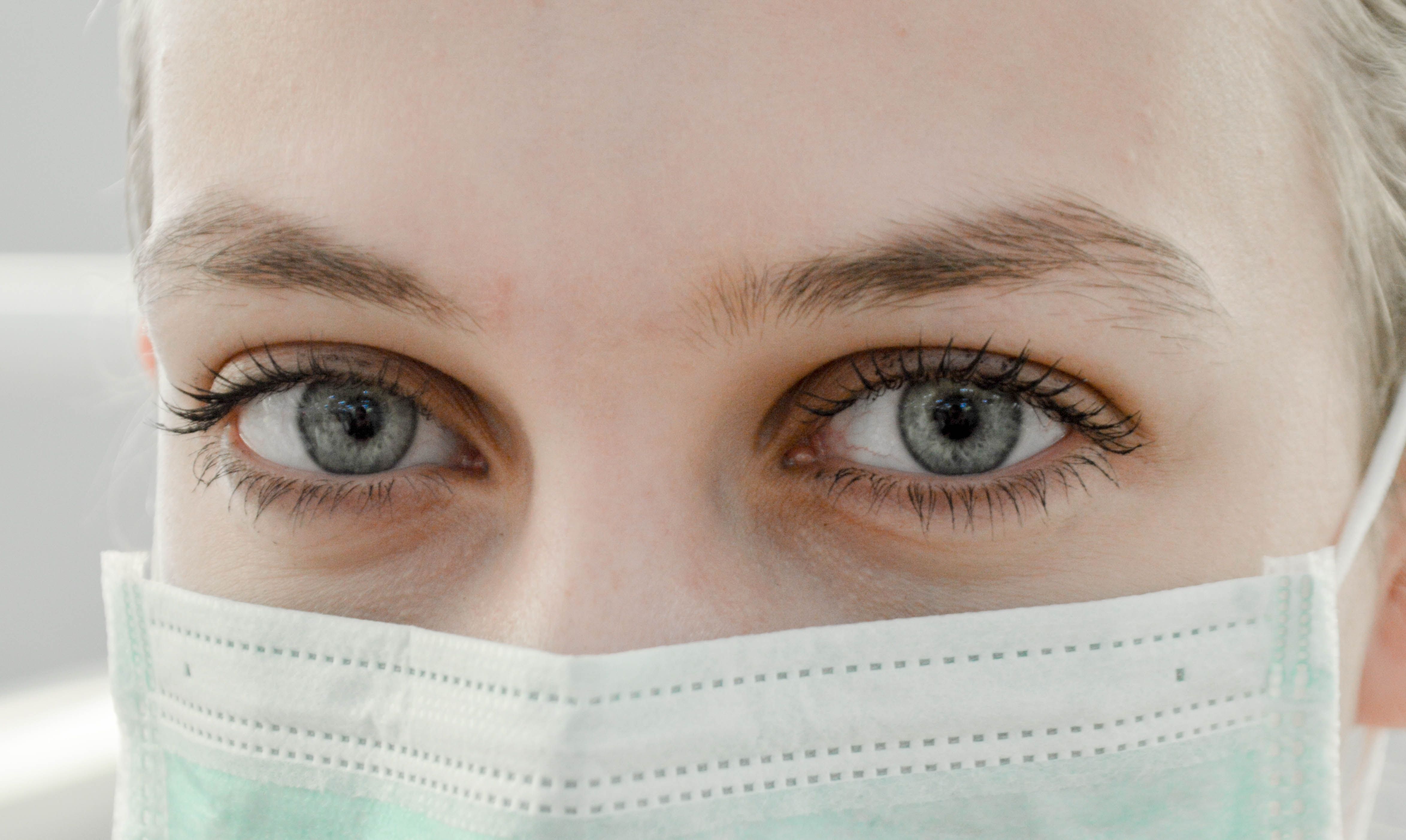Risk of Hospitalization for COVID-19 Among Healthcare Workers and their Households
Large cohort study quantifies risk for hospital admission for COVID-19 among healthcare workers and members of their households.

Healthcare workers with direct patient contact have a threefold increased risk of being hospitalized for COVID-19 and members of their household have twice the risk compared to the general population, according to a large cohort study conducted in Scotland.
“Estimating the risk in this population is important to guide public health measures to protect healthcare workers and their families, maintain a functioninghealthcare system, and control rates of secondary transmission within the community,” state the investigators, Anoop Shah, MD, Non-Communicable Disease Epidemiology, London School of Hygiene and Tropical Medicine, London, UK, and colleagues.
In an accompanying editorial, Ulf Karlsson, MD, PhD, and Carl-johan Fraenkel, MD, PhD, Department of Infectious Diseases and Infection Control, Skane University Hospital, Lund, Sweden, welcomed the new study for providing “the most comprehensive estimate to date of the risk of more serious disease, and it is the first to report risk to household members.”
Shah and colleagues identified 155,445 healthcare workers in two nation-wide databanks in Scotland, the Scottish Workforce Information Standard System (SWISS) and the General Practitioner Contractor Database (GPCD), excluding dental staff and those working exclusively in pediatrics.The health care worker cohort was stratified for those with direct patient contact, “patient-facing” (57.3%), the 20.6% without direct patient contact, and 22.2% undetermined.
Patient contact was determined from the Community Health Index (CHI) database of all patients who register to receive care from the National Health Service of Scotland.Cross-checking addresses in the CHI also revealed the 229,905 household members of the healthcare workers.The study period was March 1 to June 6, 2020.
The healthcare workers and members of their household were then included in a nested case-control design to discern hospitalization for COVID-19 compared to the general population, which excluded the cohort, using data from an existing Scottish case-control study of COVID-19 cases, REACT-COVID-19.
Of the hospital admissions with COVID-19 among those of working age in the study period, the investigators found that healthcare workers and their household members accounted for 17.2% (360/2097) of admissions with COVID-19 while representing only 11.2% of that population.The hospital admissions among healthcare workers without direct patient contact was similar to that in the general population.
The risk of admission to hospital with COVID-19 was 0.20% (1818/90,773), 0.07% (23/32,615), and 0.11% (39/35,097) among healthcare workers with patient contact, non-contact, and undetermined, respectively.Hospitalization among household members of the healthcare workers with direct patient contact, no patient contact and undetermined was 0.07% (89/136,563), 0.04% (20/44,812), and 0.07% (32/48530), respectively.
Although the overall risk for healthcare workers with direct patient contact and their household members to require hospitalization for COVID-19 was low, less than 0.5%, they accounted for 1 in 6 of all admissions with COVID-19 in the working age population.
One measure to improve safety, Shaw and colleagues propose, “is to redeploy healthcare workers from patient-facing to non-patient facing roles if they or their households are more susceptible to severe disease.”
Karlsson and Fraenkel point out that there have been improvements in safety procedures and the availability of personal protective equipment (PPE) since the study period, and suggest “the greatest risk to healthcare workers may be their own colleagues or patients in the early stages of unsuspected infections when viral loads are high.”
